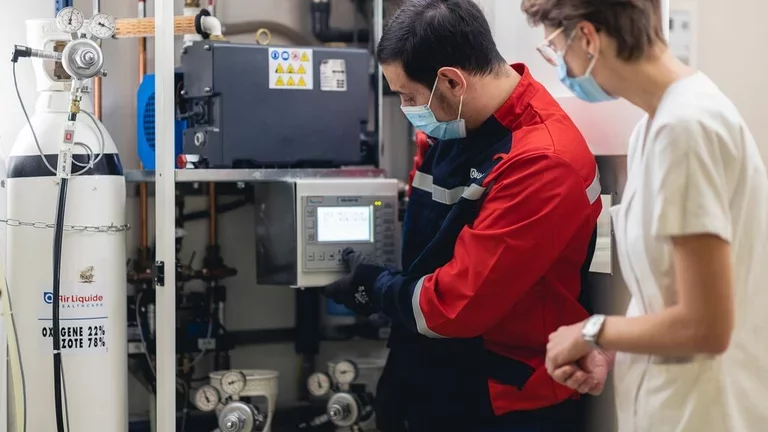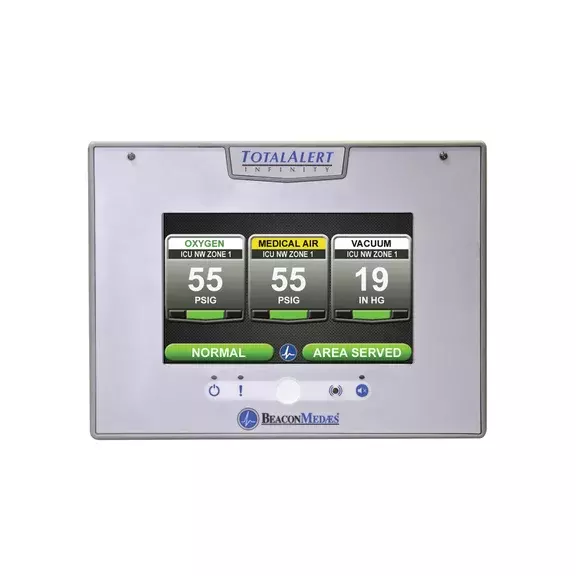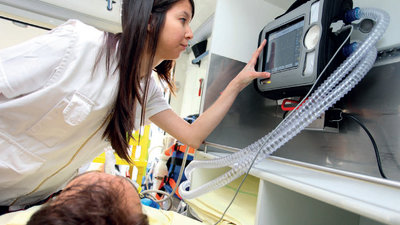Mastering Medical Gases
Does every staff member know how to respond to a medical gas alarm?
Published on May 19, 2022
2 minutes

Medical Bulk Oxygen Run Out
A CASE STUDY
Around 7:00AM on Saturday February 23, 2019, zone alarms throughout a Canadian acute care hospital began signalling low pipeline pressure. Through consultation with hospital staff it was determined that the source of the problem was the bulk oxygen supply system, and at 7:21 am Air Liquide Healthcare’s Technical Services Manager requested the client transfer all pipeline oxygen dependent patients to portable cylinders.
A thorough investigation of the incident revealed an alarming oversight:
Not all medical gas supply system alarm conditions convey the same severity. Many are operational warnings, such as CO2 and N2O manifold switch-over, which normally instigate a scheduled activity. Others, such as Medical Oxygen Secondary Low are highly critical and demand immediate response.
The National Building of Canada mandates “responsible surveillance” of medical gas supply system alarms. Historically this requirement has been satisfied by situating the alarm panel at a location staffed 24 hours, such as a security desk. However, as this incident suggests, alarm location may not be a viable solution.
Often the staffing at security desks is sub-contracted, making it difficult to maintain a level of criticality awareness. And the most critical medical gas alarms occur with such low frequency that even trained staff rarely receive the practice needed to act properly. Simply put, a buzzer and light alone are rarely sufficient.
Does every staff member know how to respond to a medical gas alarm?
At Air Liquide Healthcare we view Responsible Surveillance as the act of getting the right instruction to the right person at the right time, and believe technology should be used to enhance the reliability and efficacy of alarm monitoring.
Typical supply system alarm panels provide audible and red lamp signal of an event.
The BeaconMedaes Total Alert Infinity alarm also enables:
- User defined instructions for every alarm condition
- User defined remote notifications with escalation protocol through text, email, and/or BMS messaging
Focusing on patient safety, properly installed alarm panels allow facility staff to create alarm signal, location, and role specific instructions right on the Supply System or Zone/Area alarm screen. The instruction appears when the medical gas alarm occurs and advises the person tending to the alarm panel with specific instructions on what to do next.




